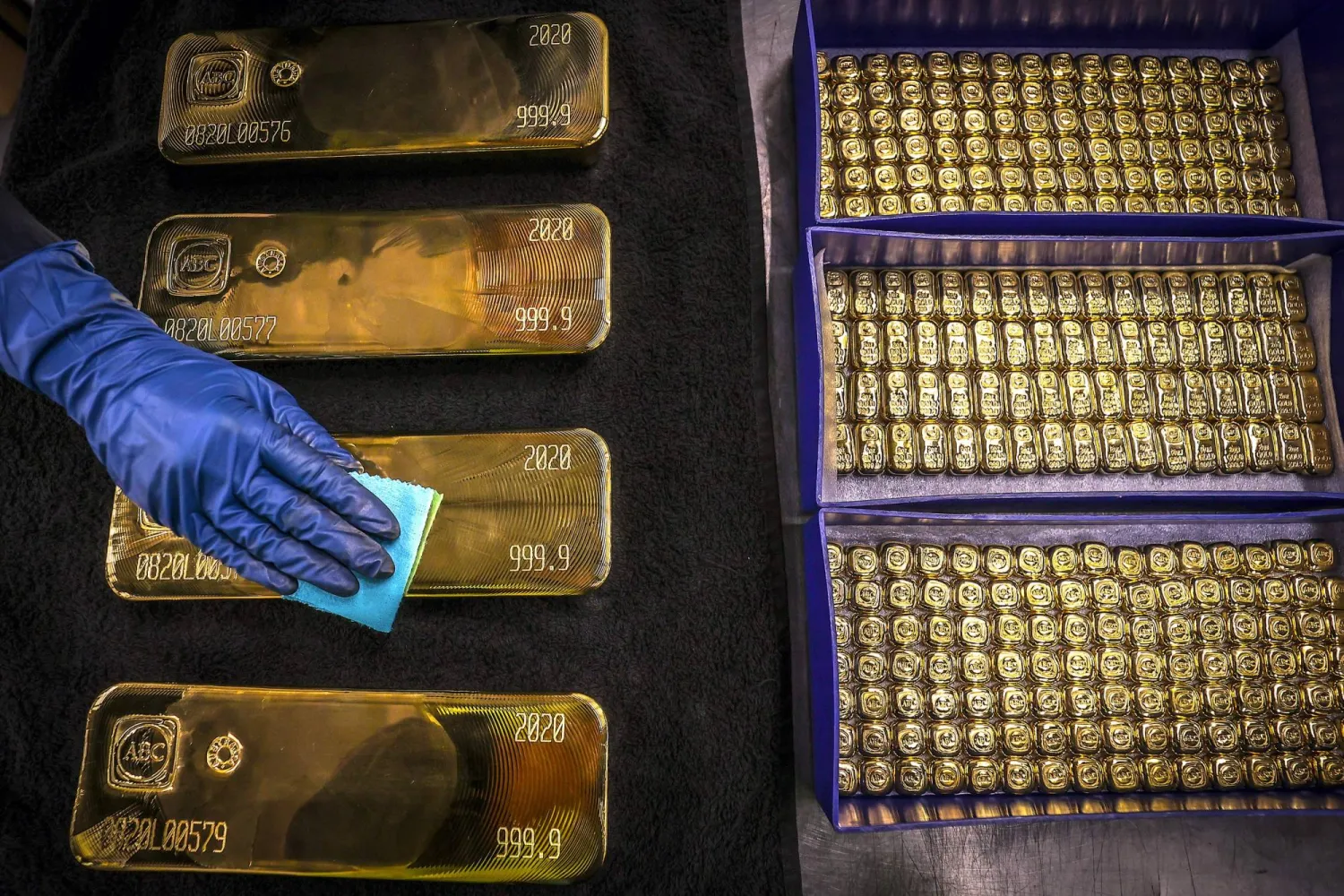Precious metals kicked off the New Year on a strong note on Friday, rebounding from year-end declines as tensions between major powers and US rate cut hopes boosted investor appetite for bullion.
Spot gold climbed 1.7% to $4,387.58 per ounce, as of 1322 GMT, after hitting a record high of $4,549.71 on December 26. It had dropped to a two-week low on Wednesday, Reuters reported.
US gold futures for February delivery gained 1.3% to $4,399.20/oz.
"Precious metals have kicked off 2026 on a firmly positive note ... after a bout of profit taking in the last days of 2025, bulls seem to be drawing strength from geopolitical risk and hopes of lower US rates this year," said Lukman Otunuga, senior research analyst at FXTM.
On the physical demand side, gold traded at a premium in top hubs India and China for the first time in about two months, as a recent correction from all-time highs helped lift retail demand.
Bullion surged 64% in 2025, its biggest annual gain since 1979, driven by Fed rate cuts, geopolitical tensions, strong central bank buying, and rising ETF holdings.
"Gold prices are expected to move higher in 2026 - we target a move to USD 5,000/oz - driven by lower real yields, ongoing global economic concerns, and uncertainty surrounding US domestic policy," said UBS analyst Giovanni Staunovo.
"Both central banks and investors are likely to continue favoring real assets like gold for its freedom from counterparty risk."
Investors currently expect at least two quarter-point Fed rate cuts this year.
Non-yielding assets tend to do well in low-interest-rate environments.
Spot silver advanced 3.4% to $73.71 per ounce, after hitting an all-time high of $83.62 on Monday, while platinum jumped 3.3% at $2,121.38 per ounce, after rising to an all-time high of $2,478.50 on Monday.
Both metals recorded their best year ever, with silver leading by posting 147% annual gains, driven by its designation as a critical US mineral, supply shortages and low inventories amid rising industrial and investment demand.
Palladium rose 1.9% to $1,636.19 per ounce, after closing the previous year up 76%, its best in 15 years.
All metals retreated sharply earlier in the week as traders booked profits after CME raised margins on precious metal futures.









